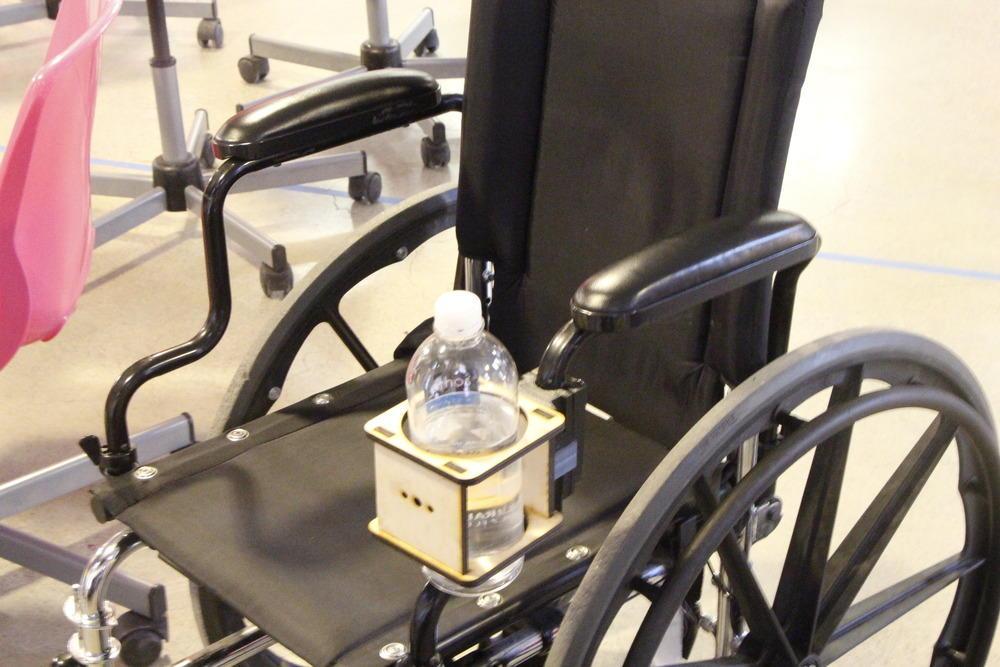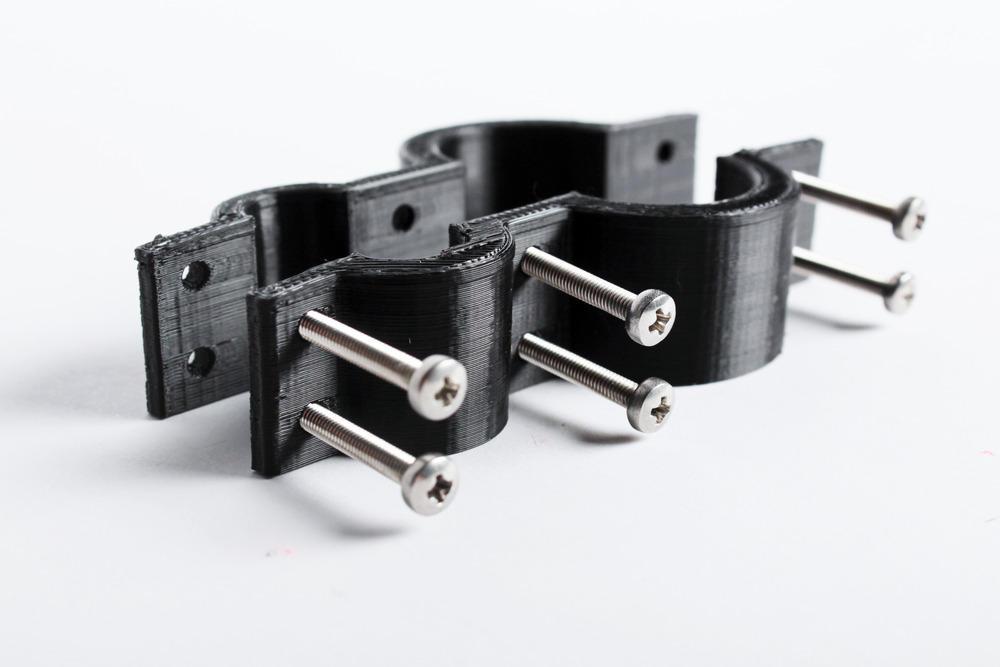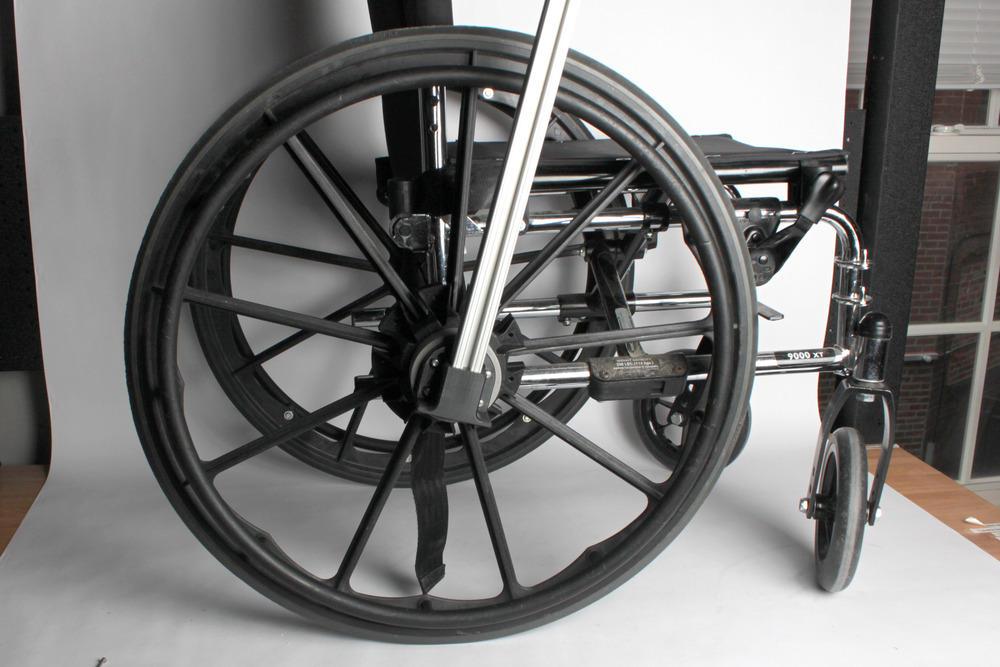Traditional wheelchairs are wonderful for people who need them, providing independence to those who have limits to their personal mobility for any of a number of reasons. Still, they do pose some design flaws that could enhance functionality and usability, particularly for users in urban environments.
As with many impressive ideas utilizing the newest technologies, a new solution for innovative improvements to traditional wheelchair designs has emerged from a group of youths. High schoolers from NuVu Studio in Cambridge, Massachusetts were inspired by a wheelchair-using classmate.
NuVu Studio is a magnet innovation center that encourages its students — approximately 35 students each trimester — to solve real-world problems in a collaborative environment. The magnet center is a collaboration with Beaver Country Day School in Chestnut Hill, MA that values innovative educational approaches. NuVu students learned Autodesk Fusion 3D modeling software, then spent time brainstorming “urban hacks” to help improve city life.
The wheelchair “hacks” focused on three specific issues for wheelchair use in an urban environment:
- Lack of overall efficiency
- Inability to access backpacks or other belongings hanging on the back
- No universal lap tray
Working in groups, the students developed plans to tackle each of these issues. The solutions were complex designs targeted toward these three issues, including a 3D printed ratchet mechanism to enhance speed and efficiency, a hinged bag attachment that swings around for access, a modular rail system for holding items, and a universal tray that can hold everyday objects such as phones and laptops.
The student team working on the first project, tackling efficiency and speed, noted their brainstorming process:
“We live in a busy fast paced world that the wheelchair hasn’t necessarily kept up with. We want to use a ratchet mechanism,
which would allow the user to wheel faster in the chair in a rowing motion as opposed to a wheeling motion, a similar motion to the arms on an elliptical machine. We are mainly focusing on the ratchet mechanism moving the wheelchair forward but hopefully if we have time we can work on brakes as well.”
Using these thoughts as the basis for the design, the students set about to prototype the rowing motion using cardboard pieces and bike parts before settling on a workable design.
The second team created a wheelchair canopy to address issues of item accessibility, while another team created a modular rail system to hold items. These adaptations allow for a wheelchair user to reach many of their commonly used items, such as phones, tablets, laptops, and other devices.
The third item on the list was addressed by a team that created a desk/arm rest for functional use. All of the students’ projects were well-documented on NuVu’s website, helping the teenagers not only collaborate on functional designs but also learn to properly notate their steps of achievement. By recording their processes, the students were held accountable for their work and were able to trace the steps they took in each of their prototyping processes in order to both build on previous ideas and simply record them down for posterity.
Check out more details on their work in their project portfolios, and some additional photos of their designs and 3D printed pieces below. What do you think? Will more high school students undertake self-directed projects like these? Discuss your thoughts in the 3D Printed Wheelchair Hacks thread at 3DPB.com.
Subscribe to Our Email Newsletter
Stay up-to-date on all the latest news from the 3D printing industry and receive information and offers from third party vendors.
You May Also Like
3D Printing Unpeeled: New Arkema Material for HP, Saddle and Macro MEMS
A new Arkema material for MJF is said to reduce costs per part by up to 25% and have an 85% reusability ratio. HP 3D HR PA 12 S has been...
3D Printing News Briefs, January 20, 2024: FDM, LPBF, Underwater 3D Printer, Racing, & More
We’re starting off with a process certification in today’s 3D Printing News Briefs, and then moving on to research about solute trapping, laser powder bed fusion, and then moving on...
3D Printing Webinar and Event Roundup: December 3, 2023
We’ve got plenty of events and webinars coming up for you this week! Quickparts is having a Manufacturing Roadshow, America Makes is holding a Member Town Hall, Stratafest makes two...
Formnext 2023 Day Three: Slam Dunk
I’m high—high on trade show. I’ve met numerous new faces and reconnected with old friends, creating an absolutely wonderful atmosphere. The excitement is palpable over several emerging developments. The high...






































